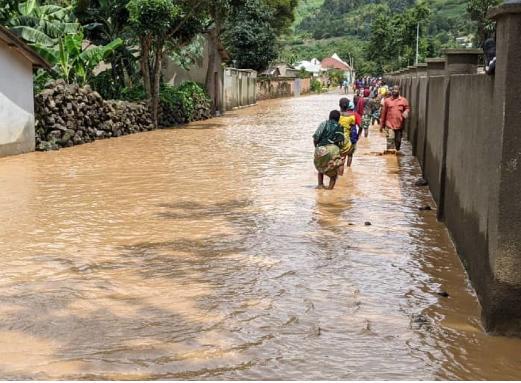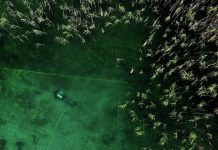Africa-Press – Rwanda. Rwanda’s efforts to withstand natural disasters are set to get scaled up thanks to a $141 million support (approx. Rwf203 billion) from the World Bank.
In a statement it issued on September 30, the World Bank announced that its Board of Executive Directors had approved a Disaster Risk Management Development Policy Financing (DPF) with a Catastrophe Deferred Drawdown Option (Cat DDO) for the Government of Rwanda.
Cat DDO is a contingent credit line that provides immediate liquidity to member countries of International Bank for Reconstruction and Development (IBRD) – the lending arm of the World Bank Group – in the aftermath of a natural disaster. It is part of a broad spectrum of World Bank Group disaster risk financing instruments available to assist borrowers in planning efficient responses to catastrophic events.
The facility for Rwanda is aimed at building stronger systems to anticipate, prepare for, and respond to disasters, protecting both lives and livelihoods, World Bank indicated.
The $141 million operation, prepared with support from the Global Facility for Disaster Reduction and Recovery, is anchored on three pillars.
These are enhancing disaster risk information and institutional coordination; strengthening climate and disaster resilience of the built environment; and improving natural resources management for resilience, the bank said.
It noted that the pillars align with Rwanda’s 2023 Disaster Risk Reduction and Management Policy and the National Strategy for Transformation (NST 2).
“Rwanda has made tremendous progress in development over the past two decades, but climate change threatens to reverse these gains,” said Sahr Kpundeh, the World Bank Country Manager for Rwanda.
“The lessons learned from the May 2023 floods informed this operation, ensuring that our support directly addresses the vulnerabilities that communities face on the ground.”
Addressing the cost of disasters
Rwanda faces increasing vulnerability to climate-related disasters, with more than 80 per cent of disaster impacts linked to climate change, according to the World Bank.
It indicated that since the early 2000s, the frequency and severity of floods, landslides, and droughts have escalated significantly. The devastating floods and landslides of May 2023 alone resulted in 131 fatalities, 104 injuries, and left over 18,000 people homeless, with total physical damages and economic losses estimated at $187 million.
Approximately 40 per cent of Rwanda’s population lives in high-risk highland areas prone to landslides.
With only 6 per cent of arable land irrigated, the country’s economy remains highly dependent on rainfed agriculture. The World Bank projects that climate change could increase rainfall variability and intensity, potentially reducing GDP levels by 5-7 per cent below baseline in multiple years by 2050.
By integrating disaster risk management into national planning, Rwanda is taking proactive steps to safeguard its development achievements and ensure a more resilient future for its citizens, it observed.
“The integrated approach of this Cat DDO is crucial for addressing Rwanda’s complex disaster risk landscape,” said Saurabh Dani, World Bank Senior Development Specialist.
“By simultaneously strengthening institutional coordination, improving building standards, and enhancing natural resource management, Rwanda is building resilience across multiple fronts.”
The latest financing operation is aligned with the World Bank Group’s Country Partnership Framework for Rwanda (covering the period from the fiscal year 2021 to 2026), which emphasises the need to enhance resilience to climate-related risks, particularly flood risks exacerbated by rapid urbanisation.
The Cat DDO complements other World Bank-funded efforts to mainstream disaster risk management and climate considerations into development planning, the financier stated.
For More News And Analysis About Rwanda Follow Africa-Press






